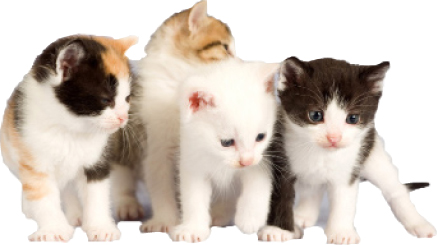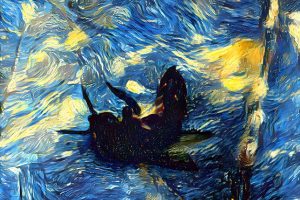gair rhydd science examines Cardiff University’s recent controversial experiments on kittens.
Chris Williams
A controversial experiment that involved kittens eyes being sewn together has been condemned by animal rights protestors.
Cardiff UniversityÔÇÖs kitten experiment has been described as ÔÇ£cruelÔÇØ and ÔÇ£unacceptableÔÇØ by the British Union for the Abolition of Vivisection (BUAV). Cardiff CouncilÔÇÖs deputy councillor called the tests ÔÇ£reprehensibleÔÇØ and has even outraged celebrity Ricky Gervais.
The University used kittens in the experiment for six objectives – one of which, information on ÔÇÿlazy eyesÔÇÖ was widely reported. It was also justified as the experiment aimed to give a better understanding of the neuroscience of vision.
While the research ended in 2010, the results of the experiment – which involved sewing the eyes shut of a group of kittens and kittens raised in total darkness – have just been released.
The report stated the differences between each group of kittens used in the experiment. ÔÇ£The first group of animals were raised in a normal 12-hour light/dark cycle until 10 days, 3 weeks, 5 weeks, 12 weeks and one year of age… Another group were raised in complete darkness from birth, together with their mother until 3 weeks, 5 weeks and 12 weeks of age….A fifth group was normally reared and then underwent [monocular deprivation] by lid suture under general anaesthesia either starting at postnatal day 30 or 32 for two days or starting at postnatal day 28 for seven days.ÔÇØ
The BUAV launched a staunch criticism of the research, with one BUAV vet claiming the experiment could have just as easily used humans, rather than kittens, in the research, although such a claim has been heavily refuted by University staff.
Cats as a species were used because of their eyesight, although researchers could equally have used were monkeys. However, the sheer cost of using monkeys meant that using kittens was the more cost-effective option.
Research into the neuroscience of vision has happened for years. The experiment was branded ÔÇÿsuccessfulÔÇÖ by the University meaning that further research can be done on the issue, this time using rats and mice rather than kittens – something that could not have happened without kittens being used in the original experiments.
In every experiment involving potential pain in animals, scientists must justify their use of animals. In this case, the knowledge the results would give rendered it a ‘benefit to the world’. The experiment also needed to be achievable and the scientifically sound. This experiment was deemed to tick all the boxes.
Advice was taken from the Home Office to ensure that the experiment could legally take place, ensuring that the animals were in minimal pain. The Home Office Inspectorate also regularly checks locations such as Cardiff University that are doing experiments on animals to ensure their legality.
Click here for students’ reaction to this story.





Add Comment